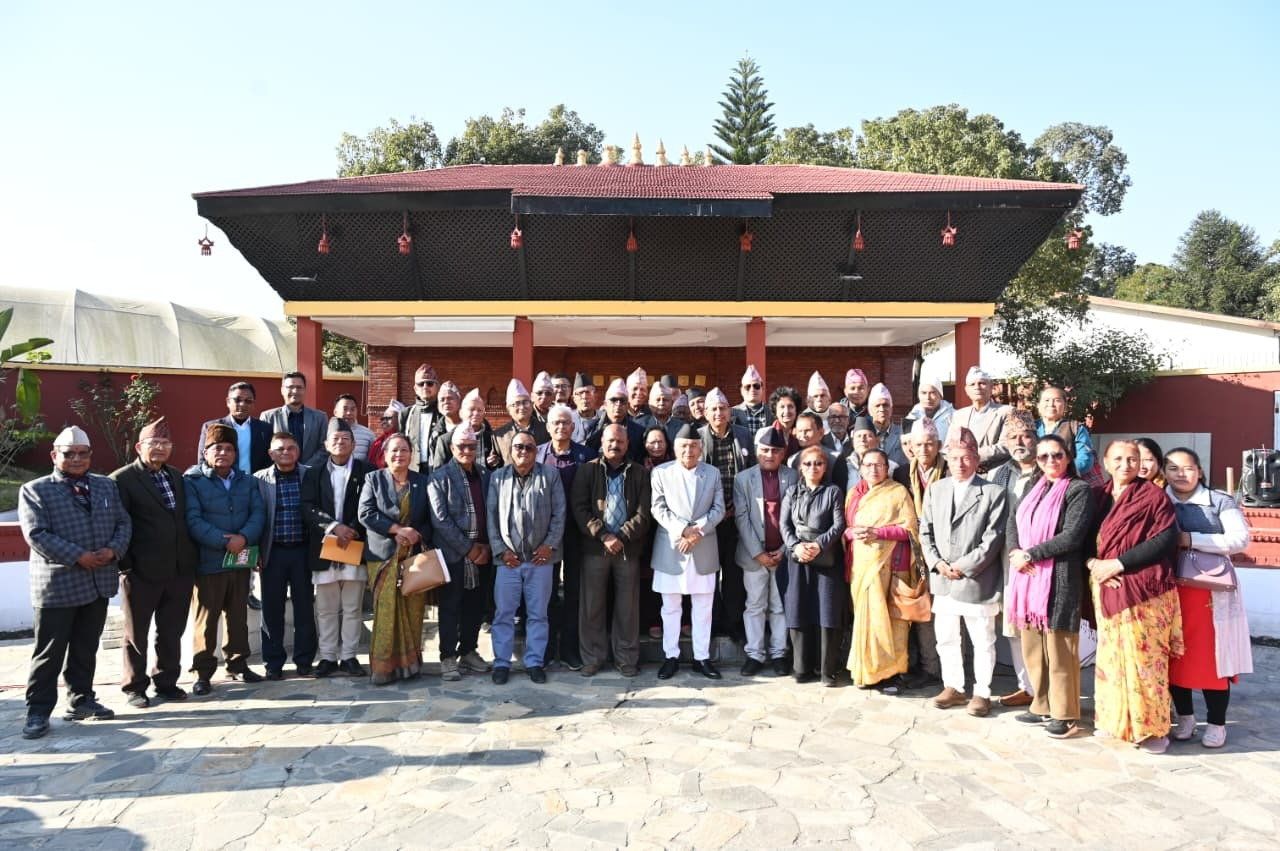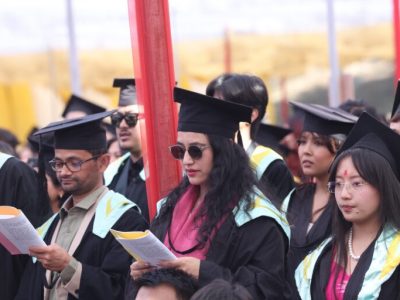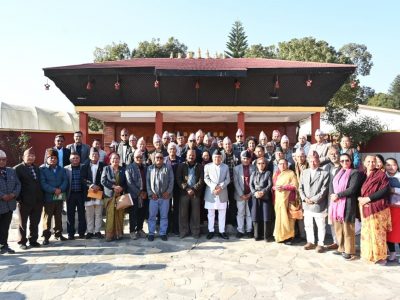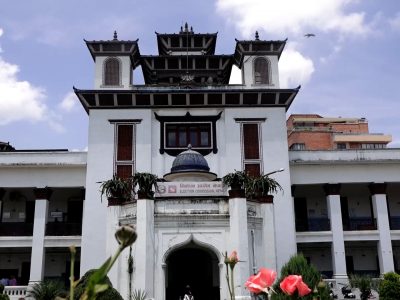Nepal’s Health Sector Projects a Need for Over 250,000 Human Resources by 2087/88

Kathmandu, July 4. The Medical Education Commission (MEC) has projected that over 250,000 human resources will be required in the health sector by the fiscal year 2087/88. The estimate, based on a study conducted during the fiscal year 2077/78 BS, includes a total of 358,938 health-related professionals, including female health volunteers and office assistants in both government and private health institutions.
According to the Commission, out of the total projected human resources, 257,091 will comprise doctors and health workers. Prof Dr Sri Krishna Giri, Vice-Chairperson of the Commission, explained that this estimation takes into account factors such as retiring personnel and individuals leaving the country during the specified period, as well as the establishment of new basic health institutions by the government.
The World Health Organization recommends a minimum of 4.45 health workers per 1,000 population. However, in the fiscal year 2077/78 BS, while a total of 234,361 health professionals were required in health institutions, only 178,309 were employed during that period.
MEC’s projection reveals the need for 16,784 MBBS doctors, 15,435 specialist consultants (MD), and 411 nursing professionals by the year 2088 BS. Additionally, 3,359 Nursing Assistants (Bachelor level), 88,024 Nursing and Obstetrics Assistants (Certificate level), 2,083 Traditional and Alternative Medicine professionals (Bachelor’s and Master’s level), and 2,118 Traditional and Assistant Physicians Technical (Certificate level) will be necessary.
Moreover, the country must produce 2,688 human resources in other health professions (Master’s level), 23,150 human resources (Bachelor’s level) in other health-related auxiliary professions, and 104,039 human resources (Certificate level) in other health-related auxiliary professions by the specified period.
MEC emphasized the requirement for 57,043 Female Community Health Volunteers and office assistants, along with 44,800 cleaning staff and drivers. By 2083 BS, the Council predicts the need for 245,463 medical workforce, 54,463 female health volunteers, and 42,777 office assistants, sanitary staff, and drivers.
According to the MEC report, this year will witness the production of 7,659 medical human resources at the Bachelor’s level, 1,684 at the Master’s level, and 109 at higher-than-Master’s level. Additionally, approximately 12,102 health workers will be produced across 11 medium and basic level subjects, including nursing, general medicine, dental science, ayurvedic health science, physiotherapy, and pharmacy, among others.
At present, the country has a total of 10,139 health facilities, including 7,889 government hospitals, basic hospitals under construction at the local level, and 2,250 hospitals in the private sector, serving the population.
Facebook Comment
latest Video
Trending News
- This Week
- This Month

















